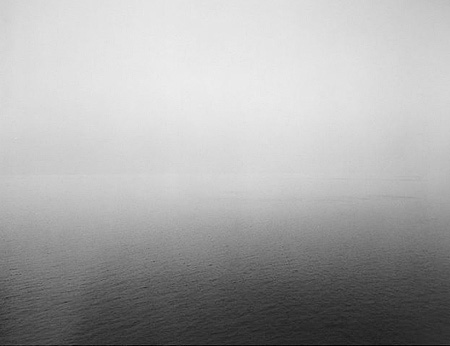See Timon Screech, Sex and the Floating World: Erotic Images in Japan 1700–1820 (London: Reaktion Books, 2009).
I would like to thank Charles Esche for sharing his thoughts on mist (and Hiroshi Sugimoto) with me.
Leo Charney, Empty Moments: Cinema, Modernity, and Drift (Durham and London: Duke University Press, 1998), 6–7.
See my “What is Not Contemporary Art? The View from Jena,” e-flux journal, no. 11 (December 2009), →.
I am aware that I am talking, in part, about e-flux itself.
See note no. 4.
With the “work of art” I mean both the artwork that is the product or outcome of the production process, as well as this production process as such—work as labor.
Thomas Mann, Tonio Kröger, in Death and Venice and Other Tales, trans. Joachim Neugroschel (Harmondsworth, UK: Penguin Books, 1998), 187, 190, 193, 194.
Georg Lukács, “The Tragedy of Modern Art,” in Essays on Thomas Mann (New York: The Universal Library, 1965), 65.
It is worth remembering here that none other than Theodor Adorno was Mann’s primary source of musicological intelligence while composing Doctor Faustus during his Californian exile.
This is probably the most concise definition of a notoriously elusive, properly “dialectical” term—as found in Hegel’s Logik. See Hegel’s Science of Logic, trans. A. V. Miller (Amherst, NY: Prometheus Books, 1989), 56.
The single most powerful example of this condition remains for me Olafur Eliasson’s Weather Project, “on view” at Tate Modern in the fall of 2003.
Fredric Jameson, Valences of the Dialectic (London and New York: Verso, 2009), 281.
